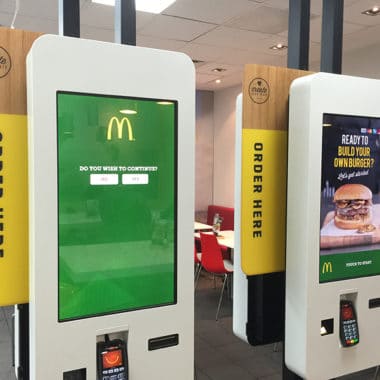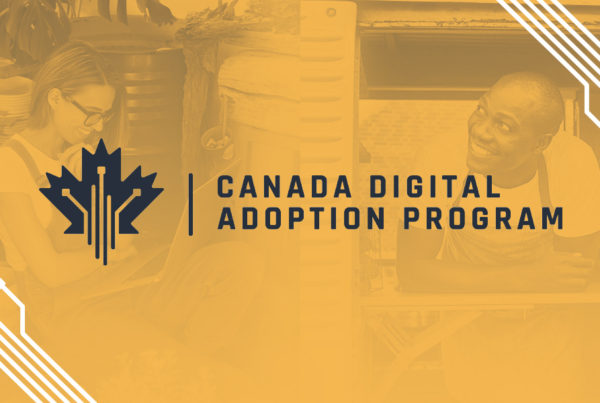6 reasons why simply inserting technology in place of humans won’t give you productivity gains – and how to avoid them.
Have you been to McDonald’s lately? I am lured in by their amazingly consistent coffee (that is half the price of my Starbucks). If you have been in recently, you would have noticed that their friendly staff are now hiding behind the behemoth of the “OrderBots” that are not there to (not) serve you. Full disclosure: I am not a Luddite and I openly accept that technology can improve processes. However, key process improvement themes must still apply.
I understand that the whole replacing humans with technology to improve the process is particularly in vogue at the moment and soon we won’t even need to drive our own cars – thank you, Tesla. However, technology must be implemented in a way that improves our process rather than just being viewed as a way to replace humans with robots.
Here are the critical mistakes that McDonald’s made so that you can avoid them when deciding how to best leverage technology to support your business:
- Didn’t View the Process from the Customer’s View – In Lean Process Design, the process must be understood from the Value that is provided to the customer. It is clear that McDonald’s did not conduct a value analysis of the process to determine what customers are looking for and how to improve. Firstly it actually takes me longer now to get my coffee than it did when humans were serving me as they were able to quickly navigate the keyboards on their cash register. The new orderBot’s screens are overwhelming to the lay customer because they are cluttered with pictures rather than simple menu items. The customization process is very cumbersome as well.
- Software Design was not Lean – When implementing a new process the goal of the process should be to reduce the number of steps required to complete the process. This includes viewing the number of clicks or screens that have to be displayed through the process. I now have to tell the robot that I would like takeout and select my payment twice! – They ask in the beginning if I am going to try to confuse the robot by sticking cash in it (who carries cash anymore!) or if I would be kind to pay by card. Then at the end, it asks if that card is going to be a debit/credit or gift cards.
- The Process for implementing the new technology was not viewed end to end – In Lean Thinking, you must consider the process end to end. This is a problem I see frequently in Technology engagements as project managers work hard to maintain their narrow scope which may only address a small section of the process. In this particular case, the scope of the process that McDonald’s addressed was simply the ordering process. It would appear that the rest of the process was completely omitted from the analysis.
- They didn’t understand the bottleneck – The bottleneck is the slowest step in the process and according to the Theory of Constraints, it is the operations that you should maximize first. The OrderBot’s implementation as order takers would make sense if the ordering process was the constraint in the process. However, upon further investigation, the bottleneck has now shifted to the food preparation – which resulted in additional steps… see next!
- They introduced Pre-Staging of Work – In Lean Thinking you must always understand the flow of information and materials. Through the movement of the bottleneck to kitchen operations, additional process steps had to be added to the process to ensure complete orders were assembled for their customers. They must now pre-stage orders in a separate area organized by number. Behind the scenes for the happy McDonald’s worker, life has got a whole lot more difficult.
- They lost the personal touch – When improving your process, you must always view that the process is only improved when it is perceived to be improved from the customer standpoint. McDonald’s has lost the personal touch as they now print numbers on your receipt and then have a screen that displays the order numbers in the queue. They have also introduced a higher counter which creates a barrier between the staff and the customer. It also makes life more difficult for staff who now must raise the tray to hand over to customers. Customers then have to wait until their number is called.
Unfortunately, this attempt to implement technology in place of humans is a cautionary tale in what not to do. The new McDonald’s process is now more difficult for both staff and customers.
I am frequently asked which comes first: do I tailor my process around new technologies, or do I start with the process? You can see from the case study above, starting with your process is always the way to go if you want to avoid costly technology implementation mistakes. If you are thinking of implementing new technology in your process, let’s have a discussion so that you can avoid these common pitfalls.








